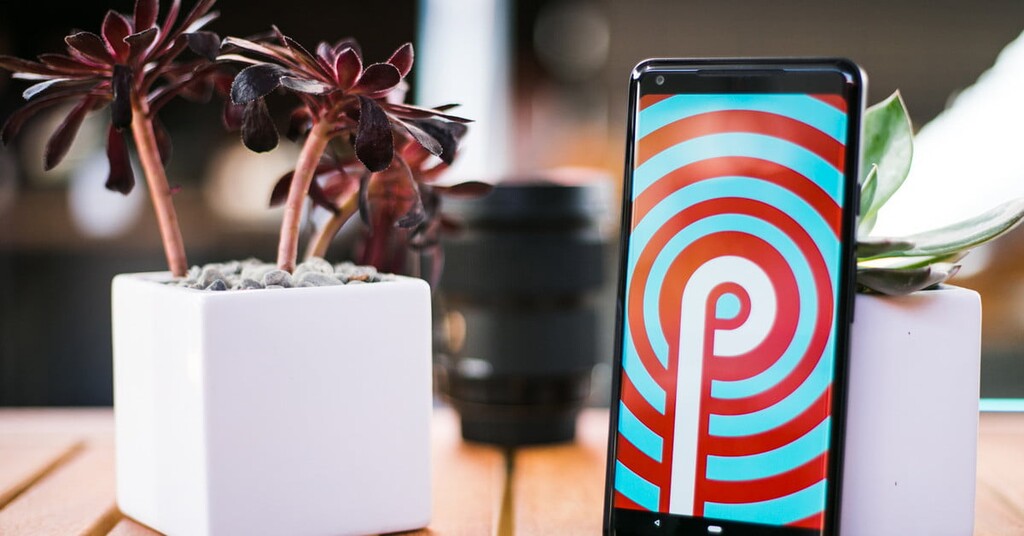Android 9 Pie is a delicious slice of AI powered computing
What can builders assume from Android Pie? A smarter, simpler UI revel in powered through AI. I’ll have mine à Los Angeles mode.
Android 9 is here! The yearly replace to the popular mobile operating gadget came out of the oven a bit early, but the whole lot seems delightfully golden brown. Following their scrumptious naming scheme, the modern update is referred to as Android 9 Pie.

Most of the new capabilities aren’t a surprise – we protected them earlier this yr with our Android P coverage. However, a number of those headline functions are missing and won’t be generally to be had until the fall. That said, what we’re truly inquisitive about is the tech under the hood, so grasp a fork and dig proper in.
What’s in Android nine?
Android nine leans in difficult to the device mastering fashion with a system that helps choose upon customers' preferences. Helpfully, Android 9 continues things walking longer with the aid of helping customers increase their battery life so long as possible. Android 9 Pie?
Adaptive Battery – Thanks to a partnership with Deep Mind, energy control is more sophisticated than ever. Android nine uses device studying to prioritize the apps that users care maximum about. The App standby buckets and battery saver improvements ensure that electricity sources are available to apps on every occasion needed.
Text Classifier and Smart Linkify – Android 9 extends the ML models that identify critical text info like dates and flight numbers inside the TextClassifier API. The Linkify API improves consumer engagement via taking a chunk of text and a normal expression and turning all of the regex matches in the textual content into clickable links.
Neural Networks API 1.1 – There’s an upgrade for this API to increase Android’s support for on-device system learning. This includes increased help for 9 new ops, Pad, BatchToSpaceND, SpaceToBatchND, Transpose, Stride Slice, Mean, Div, Sub, and Squeeze. Developers can take the gain of this API with TensorFlow Lite.
Kotlin – Kotlin is an exceptional language on Android! Android nine has improved numerous compiler optimizations, especially the ones that target loops, to extract better performance.
Security upgrades
Lots of latest protection and privateness capabilities on this release! Here are some of the biggies.
Biometric spark off – Android nine has delivered a device-controlled dialog to set off users for any supported biometric authentication. Developers can use the BiometricPrompt API rather than wanting to develop their own. This includes Fingerprint, Face, and Iris authentication.
Android Protected Confirmation – Supported devices that run Android nine or better give builders the capability to use Android Protected Confirmation. When the usage of this workflow, apps show a spark off to the person, asking them to approve a short statement. This statement allows the app to reaffirm that the consumer would like to complete a touchy transaction, together with creating a payment.
However, this doesn’t honestly provide a secure facts channel for the user. Your app cannot anticipate any confidentiality ensures beyond those who the Android platform offers. Do no longer use this workflow to display touchy facts that you wouldn’t ordinarily display on the person’s device.
HTTPS by way of default – Exactly what it says on the tin. Android 9 modified the default for Network Security Configuration to dam all cleartext traffic.
User privateness safeguards – Android nine restricts get entry to to the mic, camera, and all SensorManager sensors from idle apps. While your app’s UID is idle, the mic reviews empty audio and sensors prevent reporting events. Cameras used by your app are disconnected and could generate blunders if the app tries to apply them. In most cases, those regulations should no longer introduce new issues for current apps, however, we suggest doing away with these requests from your apps. Read more from Android Online Training
Features
Some of the proposed features are still a piece in development or most effective available to Pixel users as a beta. However, these functions are intended to ship within the fall.
Digital Wellbeing – This becomes one of the extra intriguing features that changed into hyped within the press launch lower back in May. However, the dashboard to reveal telephone utilization habits, app restriction timers, and a “wind-down” mode to assist users' recognition of going to sleep are only to be had to Pixel users in beta form.
Slices – This characteristic helps users carry out tasks faster with the aid of permitting engagement outdoor of the fullscreen app enjoy. By the usage of rich and dynamic UI templates, your app can show interactive content from within the Google Search App or in the Google Assistant.
Developers can construct slices as improvements to App Actions. Support for Slices is built into Android Jetpack and can enlarge back to Android 4.4, reaching approximately 95% of all Android users. Slices will begin appearing quickly for users, however, developers can already start building their slices today.
App Actions – Thanks to device studying, apps may be suggested to customers while they need them most. Developers can sign in their app to address one or greater user intents. Then, users will be capable of seeing and interact with the app across a couple of Google and Android surfaces for increased reach and engagement. The developer preview is coming quickly.
Text je součástí Refresher blogu, není redakčním obsahem. Administrátory můžete kontaktovat na [email protected].
Chceš vědět, když ruhhana ali přidá nový blog?
Zadej svůj mail a dostaneš upozornění. Kdykoliv se můžeš odhlásit.